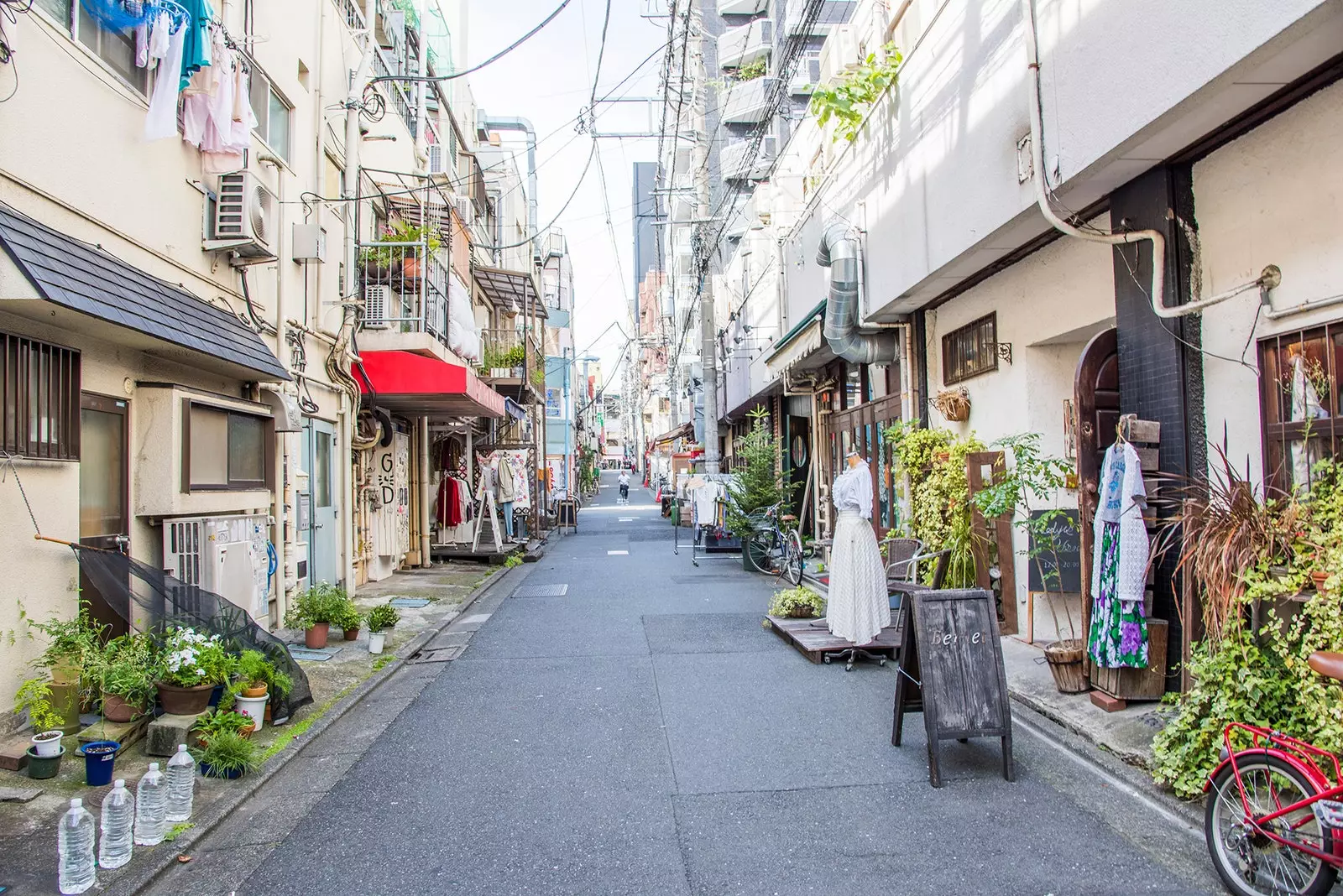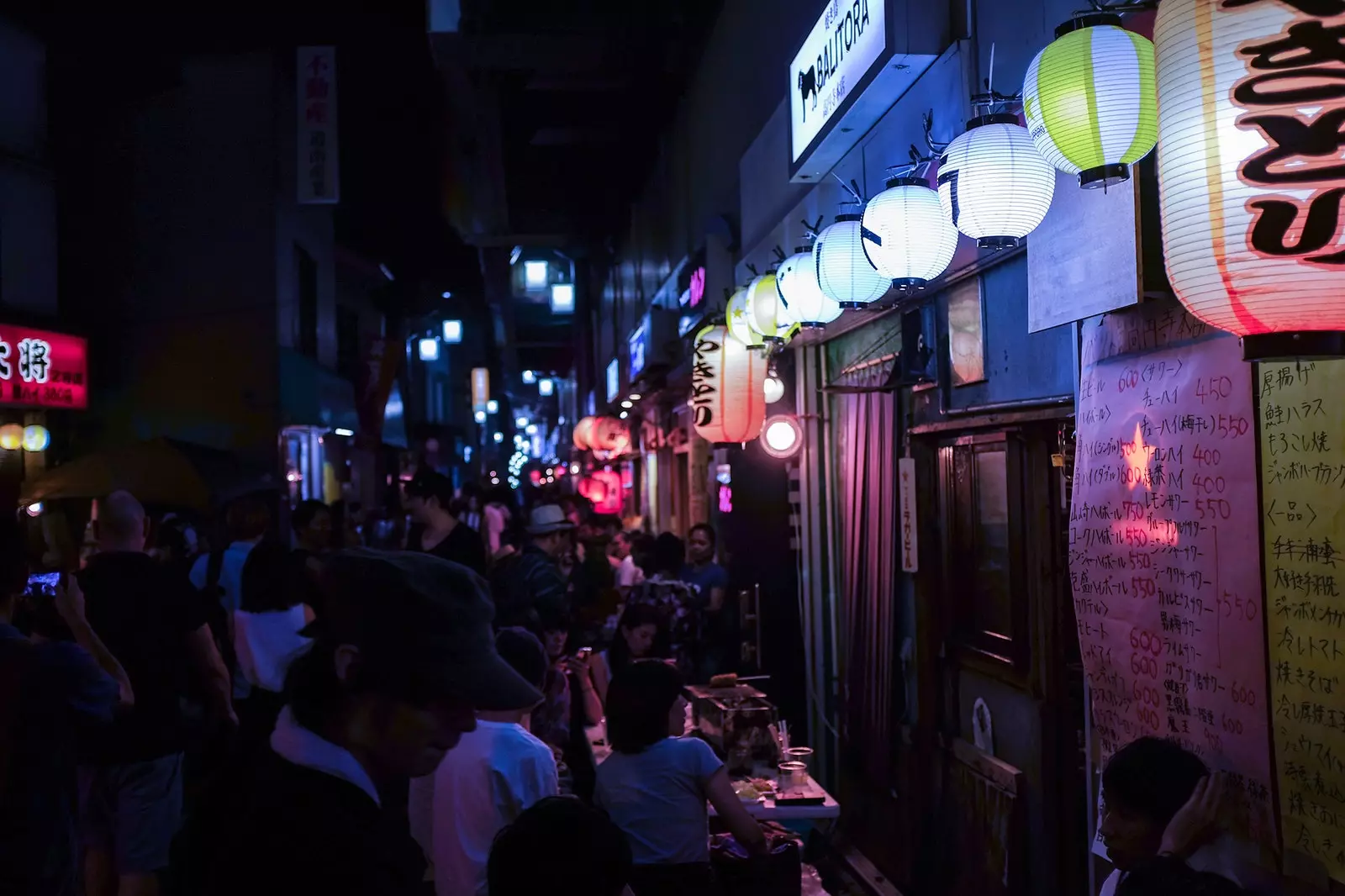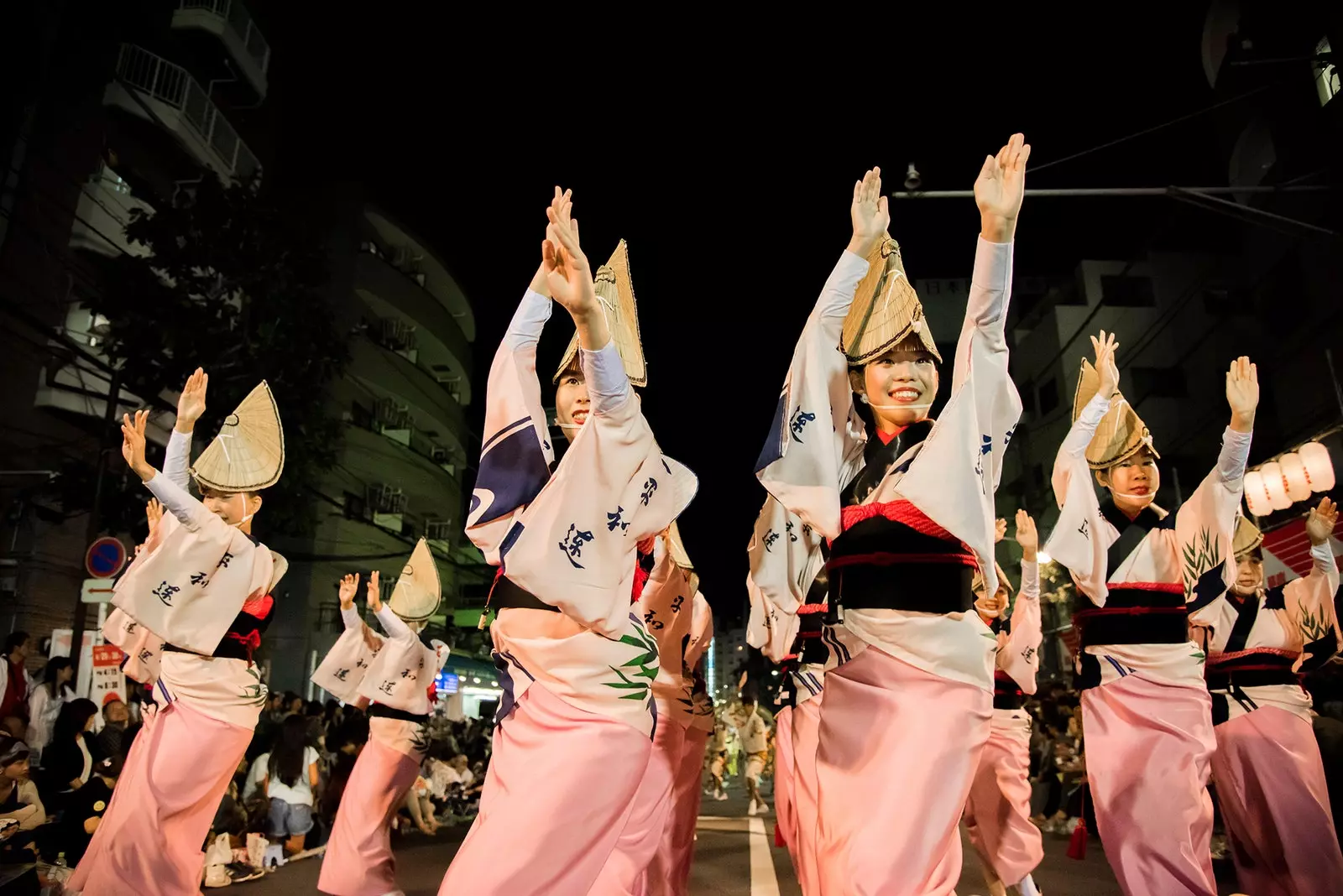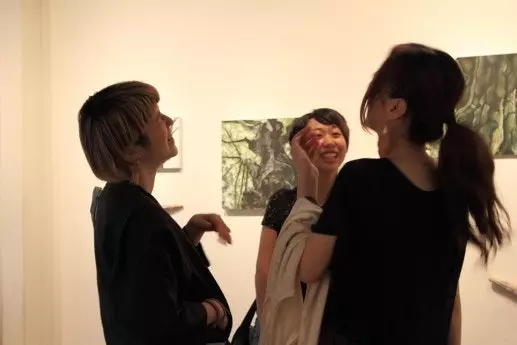
Koenji is a countercultural neighborhood that never stops dancing
A neighborhood that is reputed to be the coolest in the capital of Japan, **Tokyo**, cannot disappoint anyone.
Situated in suginami , one of the 23 neighborhoods that make up what are known as “special districts of tokyo”, Koenji is unlike any other district in the Japanese capital.
Koenji breathes art, music, fashion and animation . Its inhabitants are proud of their ability to ignore the established, and walking through this particular place, one can understand why. Dive into its streets and let yourself be carried away by the rhythm at which its inhabitants dance , we promise that the experience will be unforgettable.
HISTORY
Yes Shimokitazawa is he quintessential Tokyo hipster neighborhood , Koenji is, on his own merits, the nippon counterculture district.
Koenji's neighborhood , as it is known today, was born after the Great Kanto earthquake of 1923. After the destruction that occurred in the most central areas of the Japanese capital due to the great earthquake, many Tokyoites had to look for a new place in which to live.
Koenji, until then an agricultural settlement located on the Ome-kaido route , saw in this the opportunity to grow.
Thus, with very low prices and large spaces to locate shops and premises, and a train station that connected directly with Shinjuku newly opened, hundreds of Japanese from the city decided to move to this area, which resulted in a huge population boom, and made Koenji what it is today: a mix of cultures and lifestyles.

The night in Koenji
In the 50's , Koenji had become a neighborhood famous above all for its cafes and markets. In fact, this district has some of the most original and pleasant establishments in Tokyo to have a coffee.
In the year 1956, on the other hand, a festival that would become one of the hallmarks of the neighborhood, the Awa Odori . Although this traditional dance festival originates from Tokushima prefecture, the many citizens who had emigrated to Tokyo from that area of the country decided to maintain the tradition in their new settlement, and the reception was such, that today the Koenji Awa Odori Festival is the second largest in Japan.

Awa Odori
However, what really turned Koenji in the alternative neighborhood which is in the present, was his amazing music scene, particularly punk, during the 70's, which evidenced the intention of the inhabitants of this neighborhood not to be carried away by the established rules (the Japanese punk aesthetic was also born in Koenji).
Although at present there are not so many groups that begin their musical adventures in this neighborhood, you can still breathe that young and alternative air of areas full of art, and every week you can find live music in almost any of the alternative bars in the area. And not just music.
Another of Koenji's specialties are the clothing and second-hand stores , which appear like mushrooms almost in any corner, and the cafes and tea shops that continue to exist after many decades, and that now also specialize in sweets.
Also, its appearance, with streets of small houses, and filled to the top with gadgets of all kinds , as if the public space is an extension of the homes of the artists who live here, give this place a look that is not seen in any of the other places in Tokyo. In fact, walking through Koenji you are sure to find something amazing around every corner.
If there is something they have in common bohemian neighborhoods , where artists gather, is how affordable it is to live in them. Koenji is an example of this reality . Also, luckily for this district, gentrification hasn't been able to kill its spirit.
Today, Koenji is still an oasis where artists not only don't leave, but increase their presence among its alleys.
The inhabitants of this unique neighborhood have managed to stop the construction of large skyscrapers without personality, the massive influx of workaholic businessmen, and they are still a refuge for all those Japanese who want to escape from the modern way of life , just focused on working and getting through each day without a spark of excitement. In addition, among its streets, some of the most progressive movements in Japanese society are forged.

Amp Coffee
WHAT TO DO IN KOENJI?
Precisely because of its history and the type of inhabitants that fill its streets, what else we can find in Koenji is leisure , so much day and night.
If what we want is to try one of its most kawaii and original , among some of the most recommended are Usagiya , a place with a traditional look, ideal for buying Japanese sweets (their dorayaki are particularly delicious) ; Nishiogi Itochi , which blends teas with world folk toys; or the Amp Coffee , a small cafeteria, with delicious artisanal coffees from around the world.
If we feel more like a **good dinner, or a little sake , then we must choose one of the many izakayas and bars that fill the neighborhood with orange lights every night. Among some of the most original are **Koenji Beer Kobo, that sells all kinds of Japanese craft beers, however, the best thing to do is to walk and enter the one that most attracts us, almost none will disappoint us.
Lastly, if we are going to Koenji, the artistic neighborhood par excellence , we cannot stop enjoying precisely one of their live music concerts.
Among some of the best options to enjoy some Japanese music we have the U.F.O. Club , whose stage has seen all kinds of bands since it opened decades ago, or 20000 Den-Atsu, the reincarnation of another one of Koenji's historical music venues which had to close in 2009.
And if you are lucky enough to go in August, then you cannot miss the famous Awa Odori Festival (Odori Dance Festival) which takes place in this month every year.
During the time it lasts, the people of the neighborhood do not stop dancing to the rhythm of their most famous song: Odoru ahou ni, miru ahou, onaji ahou nara, odorana son, son ( ) , Or put another way: "The dancers are stupid, those who watch are stupid, if they are all equally stupid, why not dance?" A song that seems like a declaration of intent of what this unique neighborhood wants, that Let's all dance because, after all, life is two days, and you have to take advantage of them.
So, are you coming to Koenji's neighborhood to dance? It will not disappoint you.
